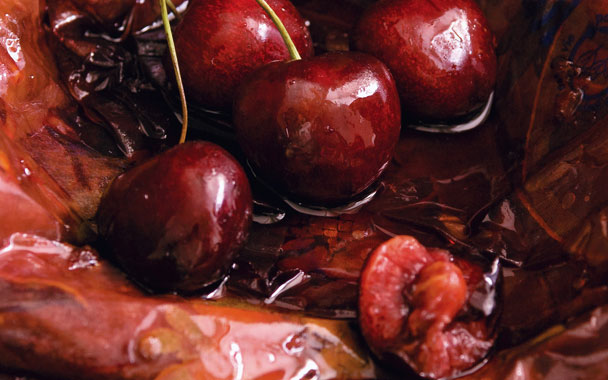My first memory of Paris is not my own but my mother’s. The year is 1974, and she is 31 years old. She is accompanying my father on a business trip, and in order to ensure that they will return home to a country at war, the South Vietnamese government has forbidden them to take me, their then only child. Fresh from Saigon, she speaks fluent French, learned at convent school and honed at embassy cocktail parties. She is très chic in her bell-bottoms, formfitting cap-sleeve T-shirts, and giant sunglasses. I know these cherished, crisp-edged details because she would tell them to me just one year later, when the war ended and we became refugees living in tiny Boiling Springs, North Carolina. In Purgatory, my mother would think often of her Paris. The memory continues in this way: One day, while exploring the city by herself, her platform cork sandals lifting her five-foot-three, 90-pound frame several precarious but de rigueur inches above the cobblestone streets of the Latin Quarter, she stops at an open-air market, buys a crate of fresh cherries, and before the sun has set, proceeds to eat them all.
When I am first given this memory, I am seven years old and already being ruled by my stomach. In this instance, my stomach, a benevolent monarch, is immediately charmed. Clearly it is not the woman or the city but the cherries that capture my imagination and my appetite (the two are for me intertwined). Fresh cherries, after all, are the fruit that comes closest to its own Platonic ideal. To imagine a cherry is to see a cherry and vice versa. Or, maybe, it is the idea of having an entire crate of those glossy, rubicund droplets to myself that gives such urgent potency to the transferred memory. Then and there, amid the trailer homes, the Waffle Houses, the Piggly Wigglys with their shelves of fruit cocktail—two halves of a cartoon cherry deposited in each can— I make a vow to see Paris for myself.
At seven, I also make a vow to become a ballerina, to read every page of the Encyclopædia Britannica from A to Z, to ice-skate, and to meet the Bay City Rollers. I have fulfilled none of those promises. To Paris, however, I have kept my word.
I am an ardent, if not as frequent as I would like to be, visitor to the city. I have traveled there six times in my 40 years. The first visit, when I was 16, was three weeks long, and the most recent, to celebrate my 40th, was a fleeting “long” weekend. Paris is nonetheless the rare city that has witnessed me in my teens, twenties, thirties, and forties. I cannot say that about Saigon, the city of my birth, since I left there when I was six and did not return until I was 38, a long separation during which we both had to change our names. Ho Chi Minh City, née Saigon, meet Monique, née Thúy-Dung. We barely know each other now.
For me, Paris is the city of memory and of fiction, the site for invention and reinvention, and the home to a wish laid bare. I mean these hyperboles literally. I set my first novel in Paris, which allowed my imagination to reside there, albeit in the Paris of the 1920s and ’30s, for five transporting years. Because our actual acquaintanceship spans many more years than that, I am inevitably someone new each time I find myself in Paris. Because I do not know how to read the street maps in my guidebooks, I am always lost when I am there, which in turn introduces me to a city that is perpetually elusive and tantalizing. But throughout the years, we recognize each other. And, if it is possible—and I believe it is—for a city to give you a knowing wink, then Paris does that to me each time.



 Pinterest
Pinterest


